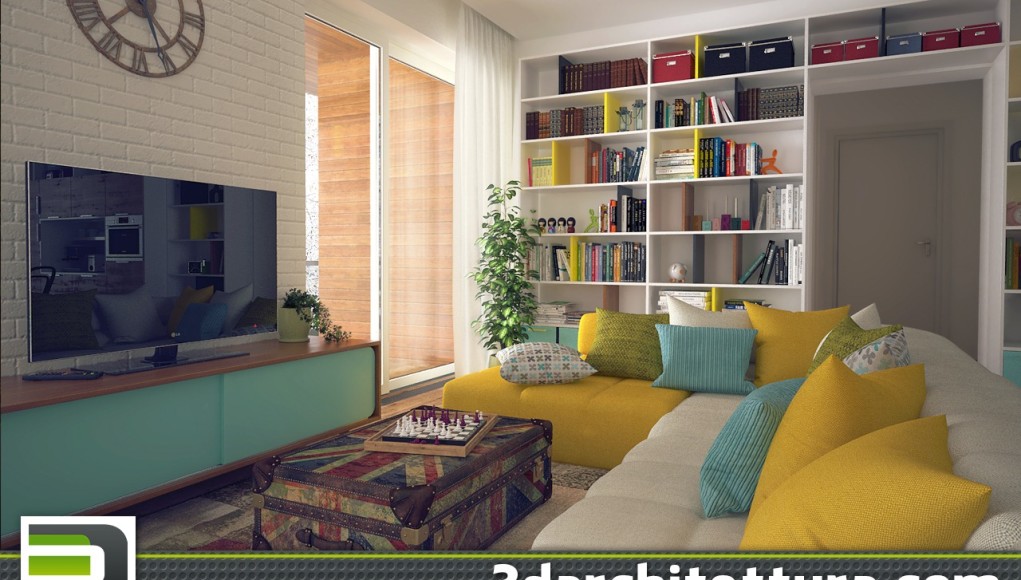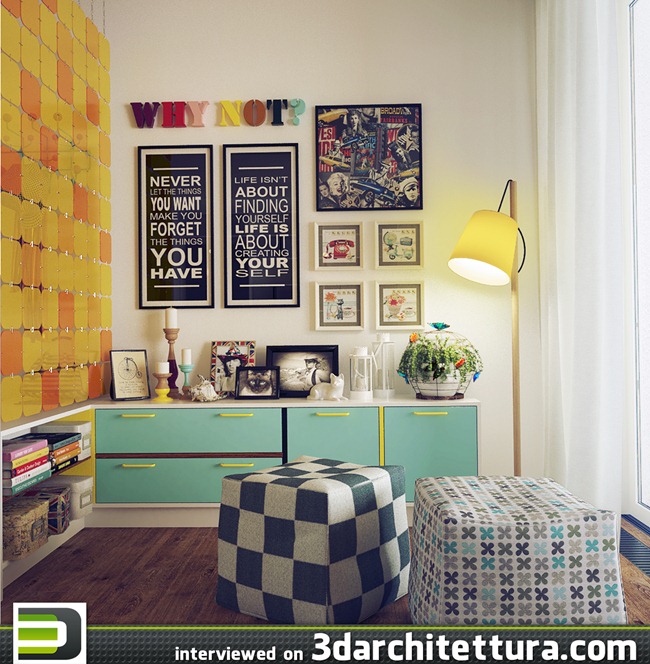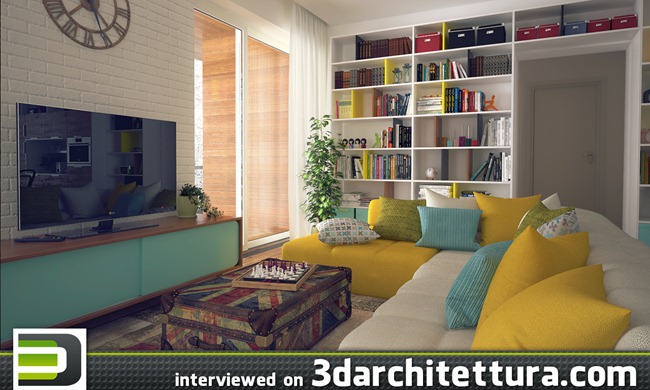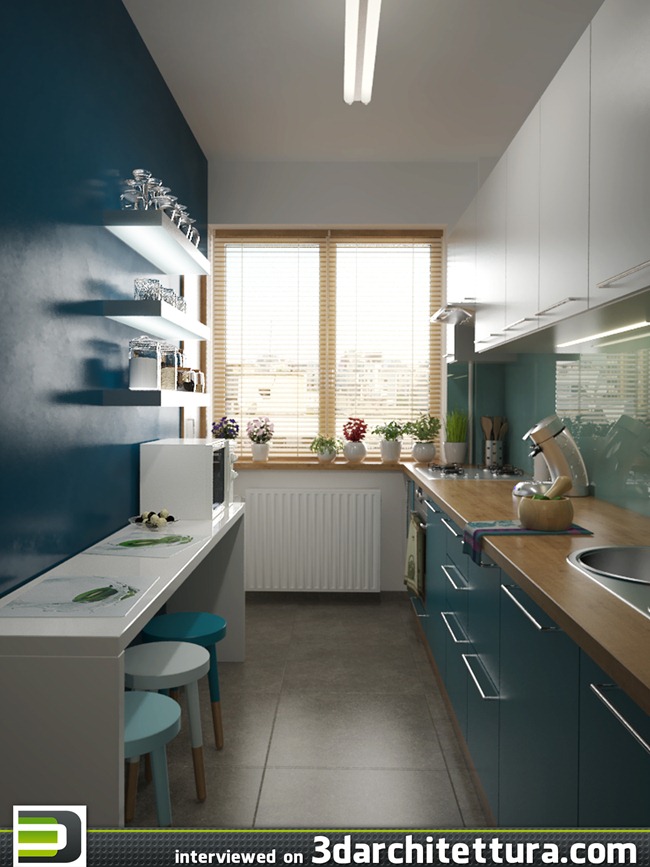Name: Irinel-Ramona Florescu
Age: 34, according to my ID, but I don’t believe it
Job: Freelance interior designer and 3D artist
Country: Romania
Web site: www.interiordelight.ro
Facebook
Behance
3DA: How did you start working in 3D field? How much time has passed and what kind of studies did you do?
IF: I never planned to become a 3D artist. I have a degree in architecture, but my greatest passion has always been the interior design. At first 3D modeling was simply a tool to create and present my design solutions, but with time it grew on me and I became interested in it as an art. I’ve always had a soft spot for pretty visuals. I’ve been an interior designer for over eight years now, but I only approached the CGI field seriously about three years ago, when I was asked to create a furniture catalogue. I couldn’t stop ever since and I still have a long way to go.
3DA: Which are your favourite software and plugins for your daily projects?
IF: I use Rhinoceros for modeling, we have a good chemistry. It is easy to use and very accurate, especially when it comes to geometric design. For rendering Vray is an excellent compromise between quality and speed, with fabulous results if you know how to use it. I think its popularity says a lot. For post-production I use Photoshop. But I want to try other software as well (such as Maxwell).
3DA: Tell us something about a project that gave you great satisfactions
IF: Since we’re talking about architectural visuals, I guess it’s the remodeling of a 2BR apartment, a.k.a. “Playful apartment remodeling”. The creative process is a great experience with every single project and a satisfied client makes you feel proud of yourself, but this particular one marked a new stage for me: it’s reception by the public proved that I’ve reached a new level in visuals and I’m heading in the right direction. It encouraged me a lot, both as a designer and a 3D artist.
3DA: From where do you take inspiration for your artworks?
IF: Architecture and design, photography, magazines and specialized web sites (Dezeen, Design Boom, Cool Hunter, Apartment Therapy, etc.), real life. I’m particularly fond of Scandinavian design and have an inclination towards functionality. I like to observe details around me everywhere I go, even trivial ones that we usually ignore. It’s a habit. It helped me develop my own understanding of space and physical processes and my own sense of style.
3DA: How do you live this period of economic crisis? How is it in your country?
IF: Let’s face it, crisis has hit pretty much every field and those who reject this are either unaware of it (yet) or in denial. I’m sure that things are a little different for those who truly are of the best, but I’m not there yet. So it’s harder compared to a few years ago (my country is no exception), because there’s less money and it’s being redirected towards more pragmatic purposes. However I’d also been involved in other activities and I do not have to live exclusively off my professional work. That gives me an edge, I can afford to study and be passionate. Anyway, I’m looking forward to the years to come, I think we’ll live to see interesting times.
3DA: What would you suggest to people that are approaching to 3D and architecture?
IF: Make sure this is what you really want to do, because competition is fierce and you’re looking at countless hours of work and study. Technology is important, but it cannot make up for the lack of real experience. Learn by observing reality, people, your environment. Observe the physical phenomena and processes and try to understand the cause and effect, this will have a huge impact on your results. And above all, love and commit to it, constantly improve, never be fully satisfied with your skills. This is a never ending learning process.



























